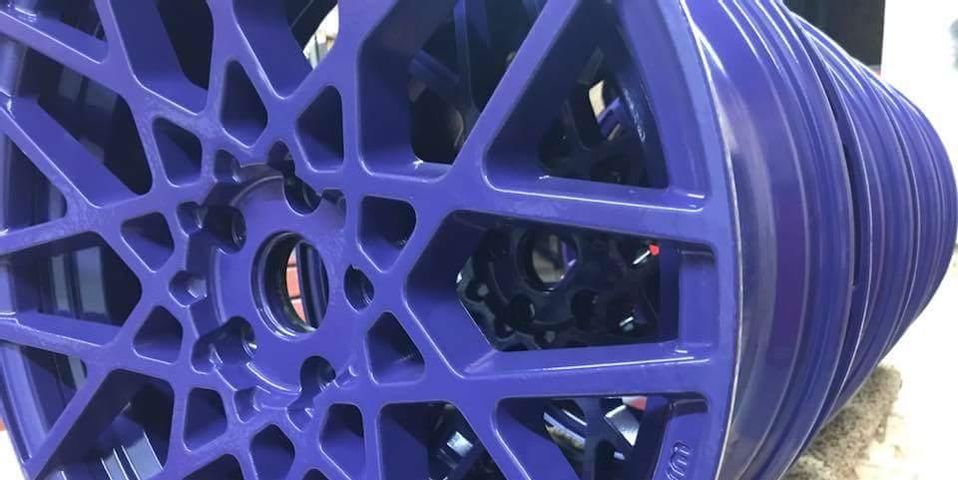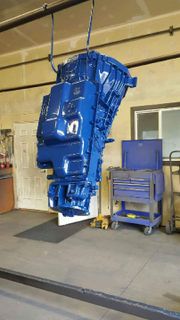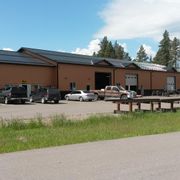
When you want to transform a surface, you might think that painting is the best way to give it a fresh finish. However, this method is time-consuming, messy, and tedious. That’s why many manufacturers and metal fabricators rely on powder coating—an alternative way of adding color to a surface and giving it a flawless finish. To better illustrate what this technique can accomplish, here’s a quick guide on how powder coating works and why you might consider it.
A Brief Guide to Powder Coating
What Does the Process Involve?
First, you must prepare the original surface—or substrate—for powder application. To do this, a trained professional sandblasts the material to clear away layers of oil, grease, and dirt. If these substances remain on the surface, the powder will not stick properly.
Next, a special electrostatic gun applies the powder to the surface for a primer layer. This tool gives the powder material a positive electrical charge, allowing it to form a strong bond with the negatively-charged substrate.
After applying the primer, the piece goes into an oven at 385 degrees Fahrenheit or higher. The heat sets and cures the coating.
After curing the material, a technician sprays a layer of tinted powder over the primer to add color. Then, they repeat the oven-heating process to seal in the results.
 What Materials Can You Powder Coat?
What Materials Can You Powder Coat?
Due to the heat-curing process, only materials that can withstand high temperatures should be powder coated. While rubber and plastic materials will usually melt at this heat, many metals can handle the temperature with ease. As such, this finished method is ideal for fabricated steel, aluminum pieces, as well as wrought iron gates and railings.
What Are the Benefits?
When using traditional liquid paint, you can lose up to 50% of the product through evaporation. By contrast, about 60 to 70% of the powder will adhere to the substrate. This improved transfer efficiency also reduces waste. And since these products are typically lower-priced than liquid paints, they tend to be more cost-effective.
Providing a thick and even layer in a single application, the coats are more durable than standard paint. They can resist scratching and weathering, and last for many years. In terms of environmental and personal safety, powder materials also contain fewer toxic chemicals and volatile organic compounds than liquid paint.
If you want to treat your equipment to a first-rate finish, Countryside Welding will simplify the powder coating process to give you exceptional results. Backed with high-quality tools and skilled technicians, this metal fabrication shop in Kalispell, MT, can take on jobs of all levels for a competitive rate. They also produce many custom metal materials from scratch—including structural steel and wrought iron gates. To learn more about these capabilities, visit this steel fabrication team online. Call (406) 755-9232 to speak with an expert.
About the Business
Have a question? Ask the experts!
Send your question

